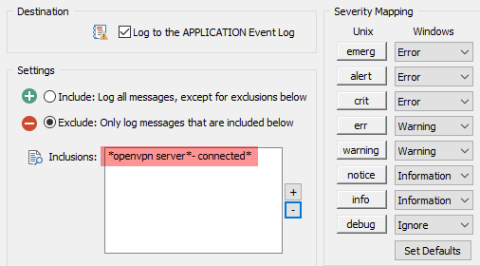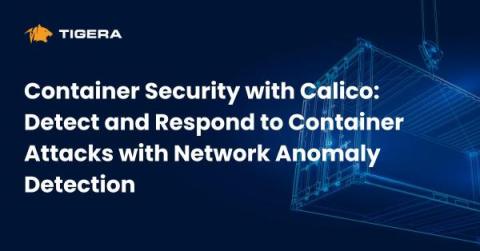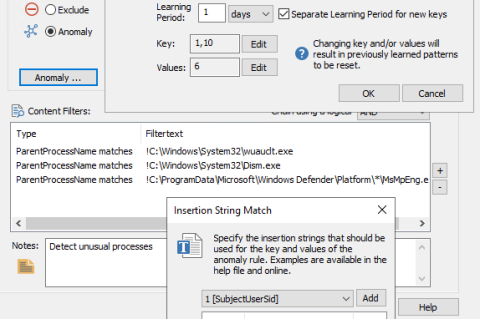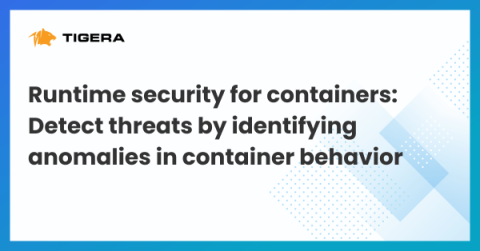Security | Threat Detection | Cyberattacks | DevSecOps | Compliance
Anomaly Detection
Xalient Unveils MARTINA Predict 2.0: Revolutionizing AIOps with Advanced Anomaly Detection and Predictive Insights
Revealing Suspicious VPN Activity with Anomaly Detection
The Evolution of Anomaly Detection and the Importance of Configuration Monitoring in Cybersecurity
Container Security with Calico: Detect and Respond to Container Attacks with Network Anomaly Detection
Considering the vast attack surface and flat network architecture, Kubernetes workloads are particularly susceptible to network-based threats. While following best practices like workload access controls, workload-centric IDS/IPS, and WAF can help prevent and block attacks, anomaly detection has become crucial in today’s IT landscape to proactively anticipate security threats.
EventSentry v5.1: Anomaly Detection / Permission Inventory / Training Courses & More!
We’re extremely excited to announce the availability of the EventSentry v5.1, which will detect threats and suspicious behavior more effectively – while also providing users with additional reports and dashboards for CMMC and TISAX compliance. The usability of EventSentry was also improved across the board, making it easier to use, manage and maintain EventSentry on a day-by-day basis. We also released 60+ training videos to help you get started and take EventSentry to the next level.
Runtime security for containers: Detect threats by identifying anomalies in container behavior
Securing your Kubernetes environment and workloads is paramount in today’s digital landscape. Calico is the industry’s only active security platform with full-stack observability for containers and Kubernetes. Calico prevents, detects, troubleshoots, and automatically mitigates exposure risks of security breaches across multi-cluster, multi-cloud, and hybrid deployments.
User identity mapping for improved anomaly detection
In any organization, a user may access numerous devices and applications, but not always with the same username or credentials. Devices and applications use platform-specific user registries that are distinct from each other. As a result, organizations may end up monitoring five user identities from five devices separately, while they actually belong to a single user. The table below shows one user, Michael Bay, using different user identities to log on and access various devices and applications.
Detecting Lateral Movement activity: A new Kibana integration
Multivariate Anomaly Detection: Safeguarding Organizations from Internal Threats
The term “internal threat” refers to the risk that somebody from inside a company could exploit a system to cause damage or steal data. Internal threats are particularly troubling, as employees may abuse extended privileges, leading to massive losses for the organization. One such infamous case is of an ex-Google employee who was charged with theft of trade secrets from Google for a ride-hailing start-up Uber.











